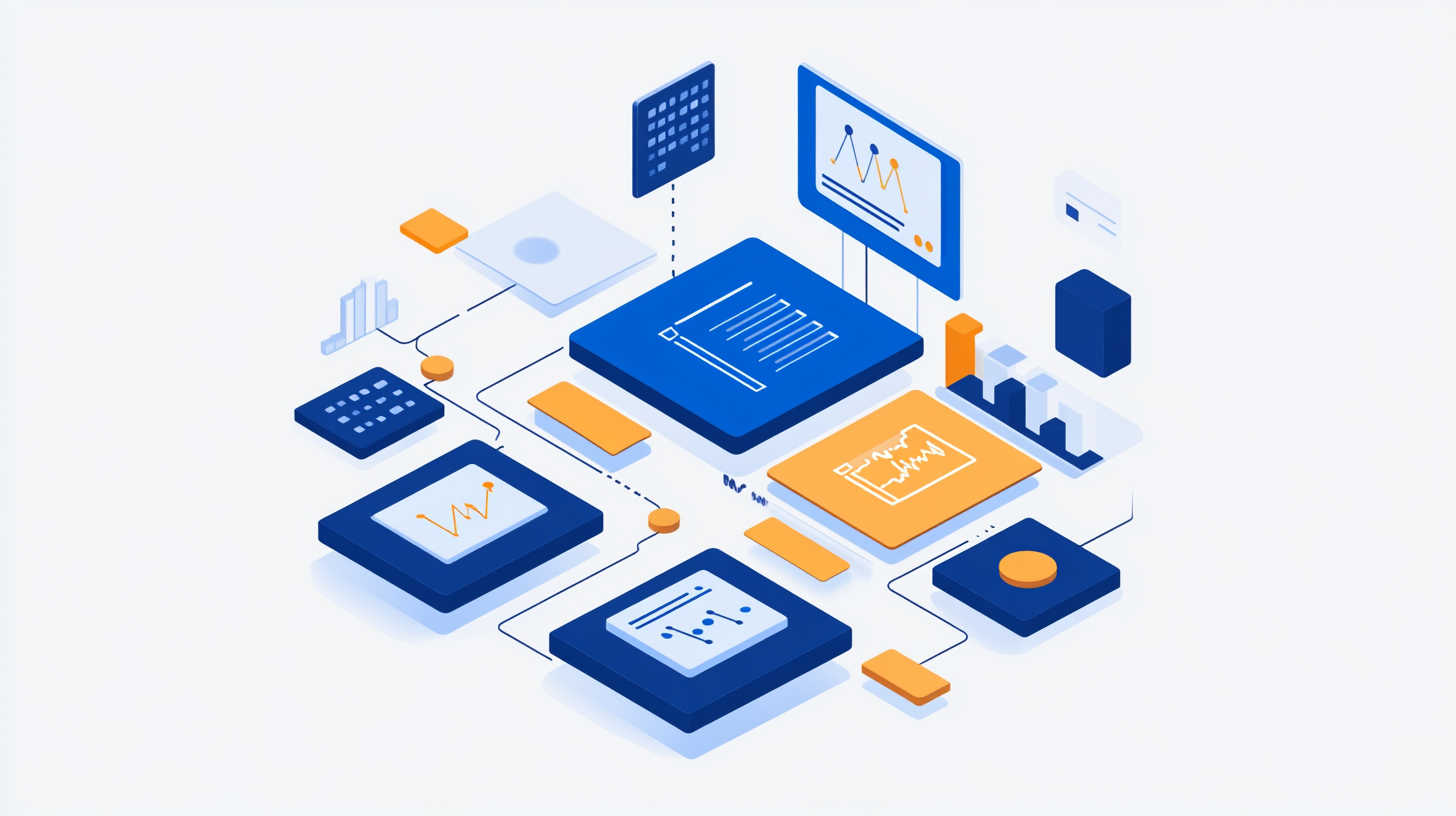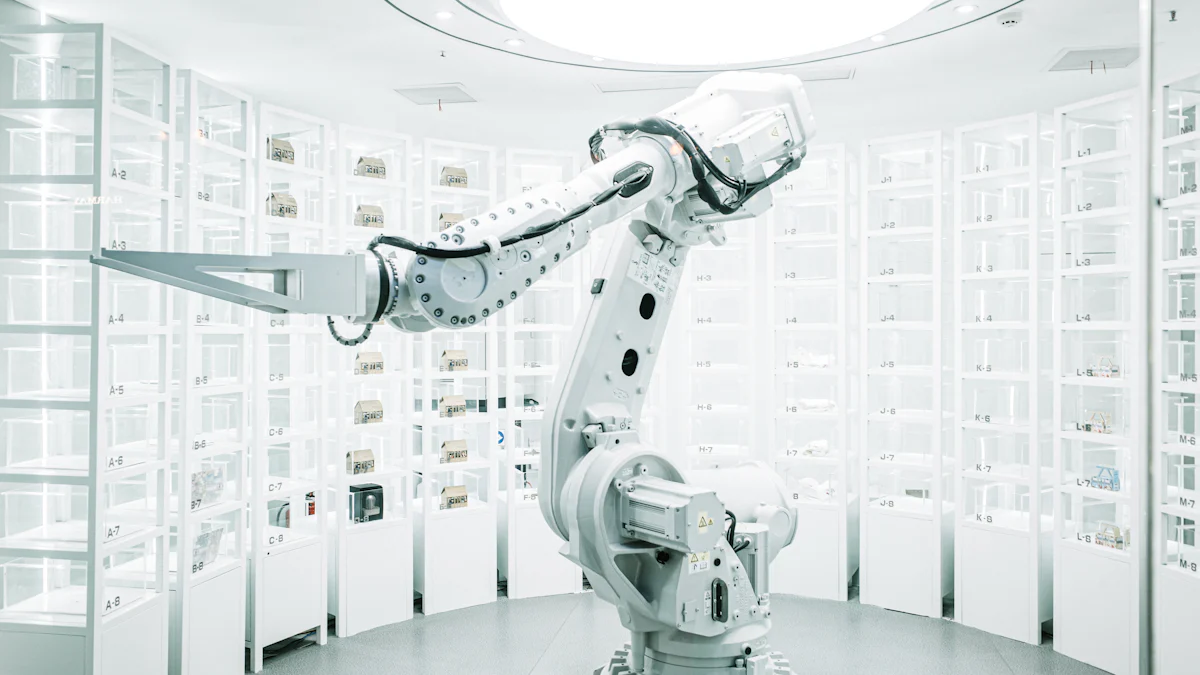Azure AutoML: Building Models with No Code

Azure AutoML provides a revolutionary approach to automated machine learning, enabling the creation of models without the need for coding. This no-code solution automates the entire modeling process, allowing users to focus on more strategic activities. With Azure AutoML, you can effortlessly select algorithms, tune hyperparameters, and generate models. Such no-code solutions democratize technology, making AI accessible to all. This empowers businesses to leverage AI without requiring extensive data science knowledge, allowing small teams to easily implement powerful AI-driven insights.
Understanding Azure AutoML

What is Azure AutoML?
Overview of Azure AutoML
Azure AutoML offers a cloud-based service for automating machine learning tasks. You can use it to build pipelines for classification, regression, and forecasting. The platform uses advanced algorithms to enhance predictive analytics. This means you can make accurate data-driven decisions without needing deep technical expertise. Azure AutoML creates training jobs by specifying data, target columns, and configurations. The system runs multiple algorithms simultaneously to find the best model for deployment.
Key features and capabilities
Azure AutoML provides several standout features:
Automated Model Building: The platform automates the creation, refinement, and deployment of models.
Bayesian Optimization: This feature identifies optimal hyperparameters more efficiently than human experts.
Collaborative Filtering: Azure AutoML uses this to search for promising data transformation pipelines.
Scalability: The service provisions machines to construct models across various types and scaling methods.
Why Choose No Code?
Benefits of no-code solutions
No-code solutions like Azure AutoML make machine learning accessible to everyone. You can focus on strategic activities instead of coding. Small businesses and non-technical teams benefit greatly. These solutions enable AI implementation without extensive data science knowledge. The drag-and-drop interface simplifies the entire process.
Comparison with traditional coding approaches
Traditional coding requires significant programming skills. Azure AutoML eliminates this barrier. You can achieve similar results without writing code. The platform provides a user-friendly experience with pre-built templates. These templates speed up model development. Traditional methods often involve complex scripts and longer development times. Azure AutoML streamlines the process, making AI more approachable.
Getting Started with Azure AutoML
Setting Up Your Environment
Prerequisites and account setup
Ready to dive into Azure AutoML? First, ensure you have an active Azure account. Head over to the Azure portal and sign up if you haven't already. A valid subscription is essential for accessing the features of Azure AutoML. Check your account permissions to confirm you can create resources within the portal.
Navigating the Azure portal
Once your account is set, log in to the Azure portal. The interface might seem overwhelming at first, but a few clicks will get you started. Look for the "Machine Learning" section on the left menu. Select 'Automated ML' to begin your journey. The intuitive layout guides you through setting up your first project. Explore the dashboard to familiarize yourself with the available tools and options.
Creating Your First Model
Data preparation and upload
Data forms the backbone of any machine learning model. Gather your dataset and ensure it is clean and well-organized. Use CSV or Excel formats for easy upload. Navigate to the "Datasets" section in the Azure Machine Learning Studio. Click on "Create Dataset" and follow the prompts to upload your data. Verify the data columns and types to ensure accuracy.
Model selection and configuration
With your data ready, it's time to select a model. Choose 'New Automated ML job' from the 'Automated ML' section. Specify the task type: classification, regression, or forecasting. Azure AutoML automates the process of tuning hyper-parameters and selecting the best model. Configure the settings based on your needs. Set the target column and let Azure AutoML work its magic. Watch as the platform tests multiple algorithms to find the optimal solution for your data.
Exploring Features and Benefits

Automated Machine Learning Process
How Azure AutoML automates model building
Azure AutoML simplifies the model-building process. The platform selects algorithms automatically. Azure AutoML tunes hyperparameters for optimal performance. Users can focus on strategic decisions instead of technical details. The system runs multiple models simultaneously. This approach finds the best fit for your data quickly. Azure AutoML enhances predictive analytics capabilities. Businesses can achieve accurate predictions without deep technical expertise.
Customization options available
Azure AutoML offers customization options for users. The platform provides a drag-and-drop interface. Users can create visual workflows easily. Pre-built templates speed up the development process. Azure AutoML allows users to adjust settings based on specific needs. Users can choose task types like classification, regression, or forecasting. The system adapts to various industry requirements seamlessly.
Real-World Applications
Use cases in various industries
Azure AutoML serves multiple industries effectively. Retail businesses use it for demand forecasting. Healthcare providers apply it for patient outcome predictions. Financial institutions leverage it for fraud detection. Azure AutoML supports small businesses with limited resources. Non-technical teams benefit from its user-friendly design. The platform democratizes AI by making it accessible to all.
Success stories and case studies
Case Study: Predictive Analytics Enhancement
A company integrated Azure AutoML with its existing systems. The integration improved predictive analytics accuracy. The seamless process allowed for better decision-making. The company experienced increased efficiency and reduced costs.
Case Study: Effectiveness of Auto Machine Learning Tools
A comparison between sklearn and Azure AutoML showed significant benefits. Azure AutoML constructed multiple models more efficiently. The automated machine learning tool identified optimal solutions faster. Businesses gained valuable insights without extensive coding efforts.
Challenges and Considerations
Limitations of No-Code Solutions
Potential drawbacks and limitations
No-code solutions like Azure AutoML offer many advantages, but they also have some limitations. Users might find that these tools lack the flexibility of traditional coding. The customization options might not meet every specific need. Some complex models require manual intervention for optimal performance. Users with advanced requirements may feel constrained by the available features. The reliance on pre-built templates can limit creativity in model design.
When to consider traditional coding
Traditional coding becomes necessary when users need more control over the modeling process. Complex projects often require custom algorithms or unique data transformations. Skilled programmers can fine-tune models beyond the capabilities of no-code solutions. Traditional coding allows for integration with other systems and technologies. Users with specific technical needs should consider this approach.
Future of No-Code in Machine Learning
Trends and predictions
The future of no-code solutions in machine learning looks promising. Experts predict that these tools will continue to evolve and improve. Developers aim to enhance the flexibility and customization options. The integration of AI into business processes will become more seamless. More industries will adopt no-code solutions for their AI needs. The demand for accessible machine learning tools will drive innovation.
Impact on the industry
No-code solutions have already made a significant impact on the industry. Businesses can now implement AI without hiring data scientists. Small teams can leverage powerful AI-driven insights with ease. The democratization of technology empowers more people to use machine learning. Companies save time and resources by using automated tools. The industry will see increased efficiency and innovation as a result.
Azure AutoML offers a game-changing approach to building models. Users can enjoy the benefits of automated machine learning without writing code. The platform simplifies the process of selecting algorithms and tuning hyperparameters. Businesses can harness AI's power with ease.
Exploring no-code solutions opens new doors in machine learning. Azure AutoML provides an accessible path for small teams and non-technical users. The platform democratizes technology and empowers users to achieve AI-driven insights.
Why not give Azure AutoML a try? Dive into the world of no-code machine learning and see the difference firsthand.
See Also
Initiating Azure Machine Learning Studio
Automating CI/CD Workflows with Azure Pipelines
Simplifying Cloud Management using ARM Templates in Azure Resource Manager
Optimizing Infrastructure as Code with Azure DevOps & Terraform
Data Science DevOps: Azure ML Pipelines for Continuous Integration
